How to Choose the Right Wood Panel Wall Cladding for Your Space
When it comes to enhancing the aesthetic and functional qualities of a space, selecting the right Wood Panel Wall Cladding is crucial. According to recent industry reports, the global market for wall cladding is projected to reach approximately $210 billion by 2025, with wood panel options gaining significant traction due to their sustainable appeal and versatility. In an age where interior design is oriented toward eco-friendly solutions, wood panel wall cladding not only adds a natural warmth but also improves insulation and soundproofing, meeting the demands of modern consumers.
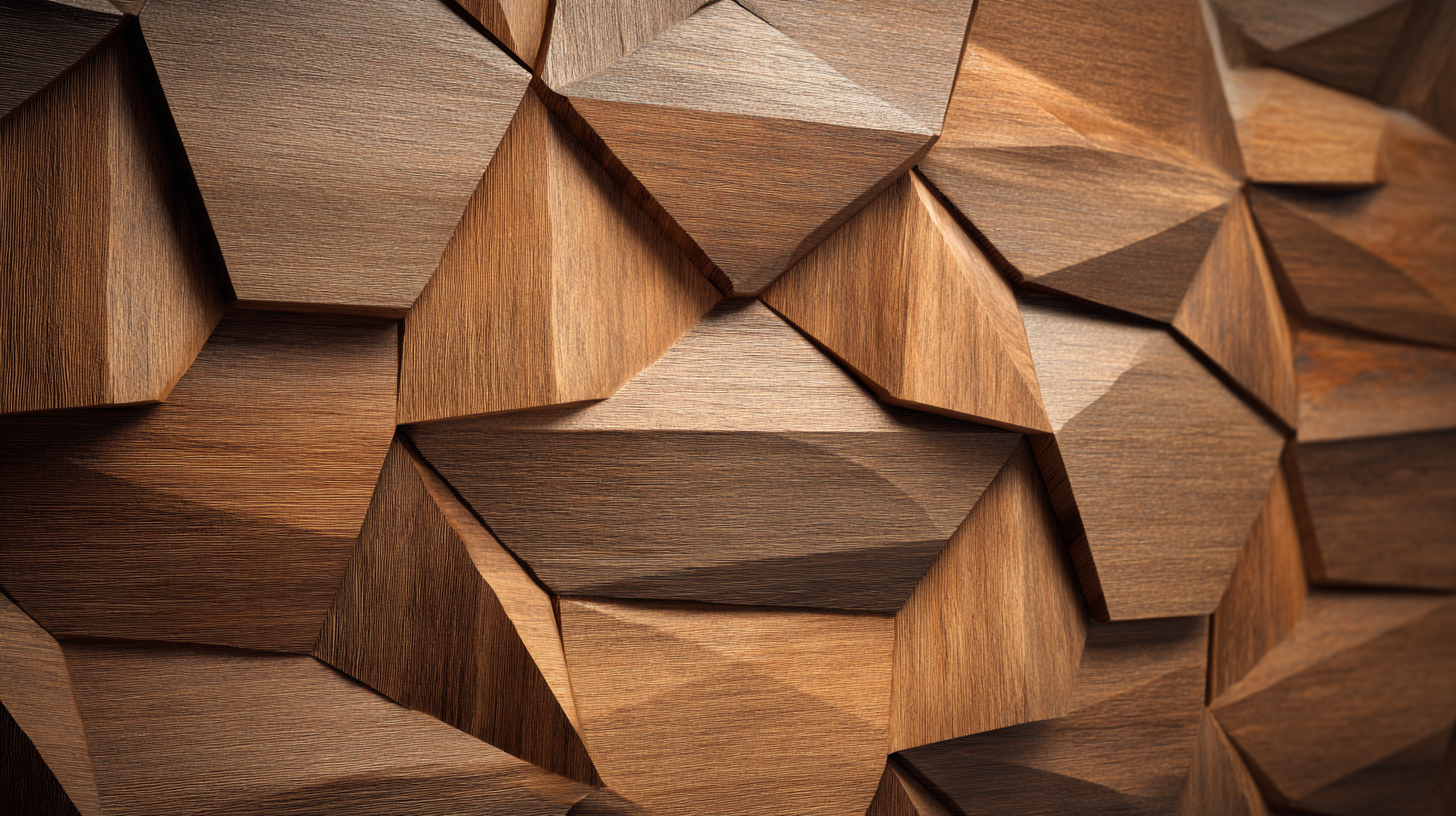
Understanding the various types of wood, finishes, and installation techniques is essential for making an informed choice that aligns with your design vision and practical needs. This guide will explore the key factors to consider, as well as the benefits and features of different wood panel wall cladding options, ensuring that your choice complements the overall character of your space.
Factors to Consider When Selecting Wood Paneling for Your Interior Design
When selecting wood paneling for your interior design, several factors must be taken into account to ensure that the chosen cladding enhances your space. First, consider the type of wood. Different species, such as pine, oak, or walnut, offer unique textures, grains, and colors, which can significantly impact the overall aesthetic. For example, lighter woods can create a more airy feel, while darker woods add warmth and richness. Additionally, the wood's grain and finish can influence the mood of the room; smooth finishes lend a modern touch, whereas rough-hewn surfaces evoke a rustic charm.
Another critical factor is the intended use of the space. High-traffic areas may benefit from more durable wood species that can withstand wear and tear, while less frequented spaces like a guest room might allow for more decorative options. Furthermore, consider the existing design elements in your space, such as color schemes, furniture styles, and lighting. The wood paneling should complement these features rather than clash with them. Acoustic properties, insulation benefits, and maintenance requirements should also be assessed to ensure a practical choice for your needs.
How to Choose the Right Wood Panel Wall Cladding for Your Space
| Factor | Description | Examples |
|---|---|---|
| Material Type | Different types of wood offer various aesthetics and durability. | Pine, Cedar, Oak, Maple |
| Grain Pattern | The pattern of the wood grain can affect the visual impact of the paneling. | Straight grain, Wavy grain, Knotty grain |
| Finish | The finish can enhance the wood's appearance and protect it from damage. | Matte, Satin, Gloss |
| Sustainability | Consider choosing wood that is sourced from sustainable forests. | FSC-certified wood, Reclaimed wood |
| Cost | Budget constraints will guide the choice of wood paneling. | Affordable options vs. premium hardwoods |
| Installation | Consider the complexity of installation when selecting paneling. | Pre-finished panels, DIY-friendly systems |
| Maintenance | Some wood paneling requires more upkeep than others. | Sealed vs. untreated wood |
Understanding Different Types of Wood for Wall Cladding Applications
When choosing wood panel wall cladding for your space, understanding the different types of wood available is crucial. Softwoods like pine and cedar are popular for their affordability and ease of installation. They offer a rustic charm and are suitable for low-traffic areas. On the other hand, hardwoods such as oak, maple, and walnut provide durability and a more refined appearance. These options are ideal for high-traffic spaces or when a more luxurious aesthetic is desired.
**Tips:** When selecting wood for wall cladding, consider the environment. For humid areas, opt for wood species like teak or mahogany that are naturally more resistant to moisture. Additionally, think about the finish; a clear coat can enhance the wood's natural beauty, while stains can offer more color options while also protecting the wood.
Another important aspect is sustainability. Look for woods certified by organizations such as the Forest Stewardship Council (FSC), ensuring that the wood is sourced sustainably. This not only benefits the environment but also adds to the longevity and appeal of your wall cladding investment.
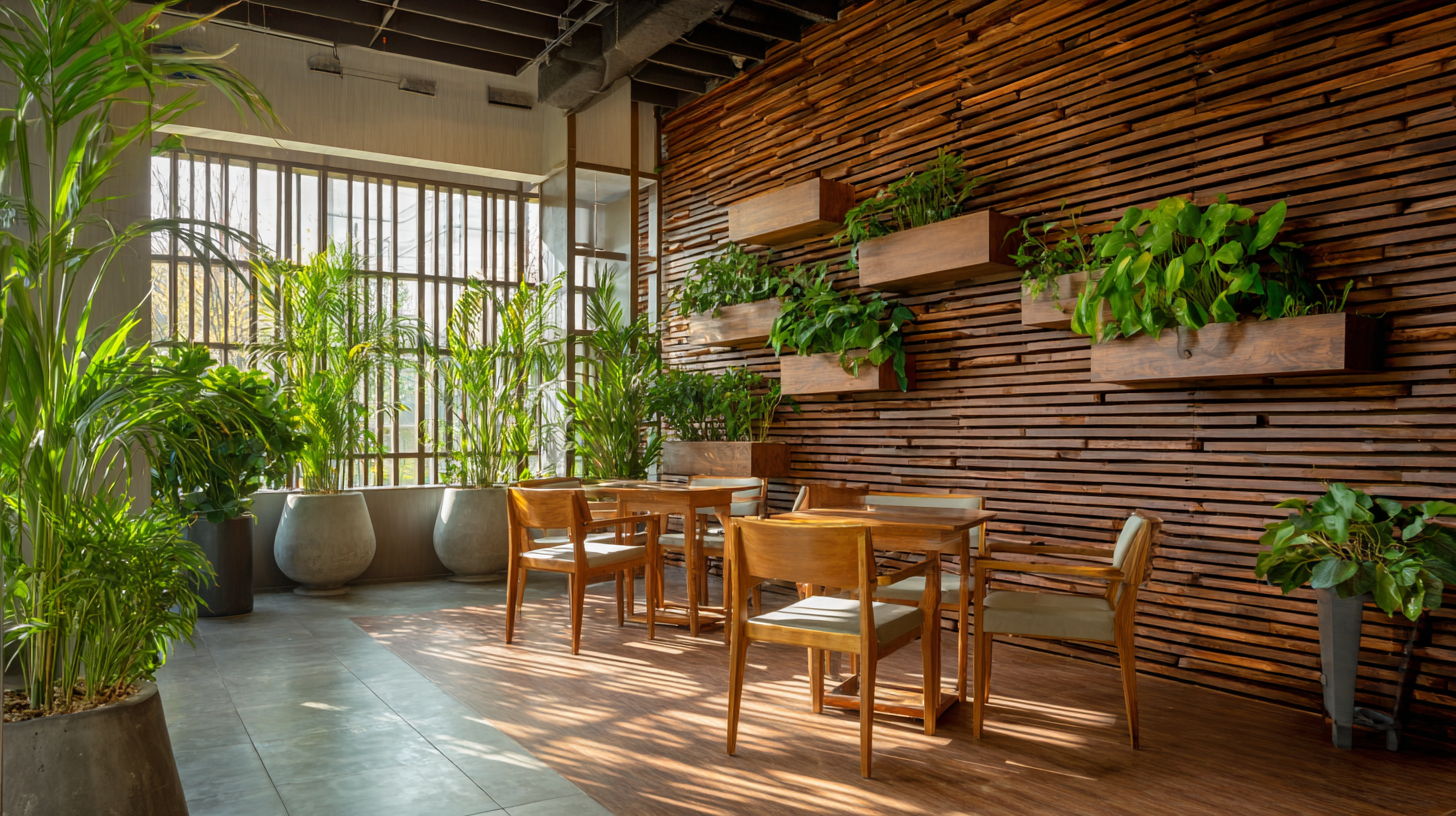
The Impact of Wood Finish on Aesthetics and Durability
When selecting wood panel wall cladding for your space, the finish you choose plays a crucial role in both aesthetics and durability. According to a 2021 report by the Wood Products Council, the right finish can enhance the natural beauty of wood while providing essential protection against moisture and wear. For instance, oil-based finishes tend to deepen the wood's color, bringing out its grain, which can create a warm and inviting ambiance in living areas. Conversely, water-based finishes are preferable for a cleaner, more modern look without compromising on durability, making them ideal for high-traffic areas.
Moreover, the impact of wood finish on durability cannot be overstated. A study conducted by the Forest Products Laboratory revealed that properly finished wood surfaces can last up to twice as long as untreated wood, especially in variable climates. Choosing finishes that include UV inhibitors can further extend the lifespan of the wood, preventing discoloration and degradation caused by sunlight exposure. Therefore, understanding the benefits of different wood finishes is essential in selecting the right cladding that meets both aesthetic desires and practical needs, ensuring your investment stands the test of time.
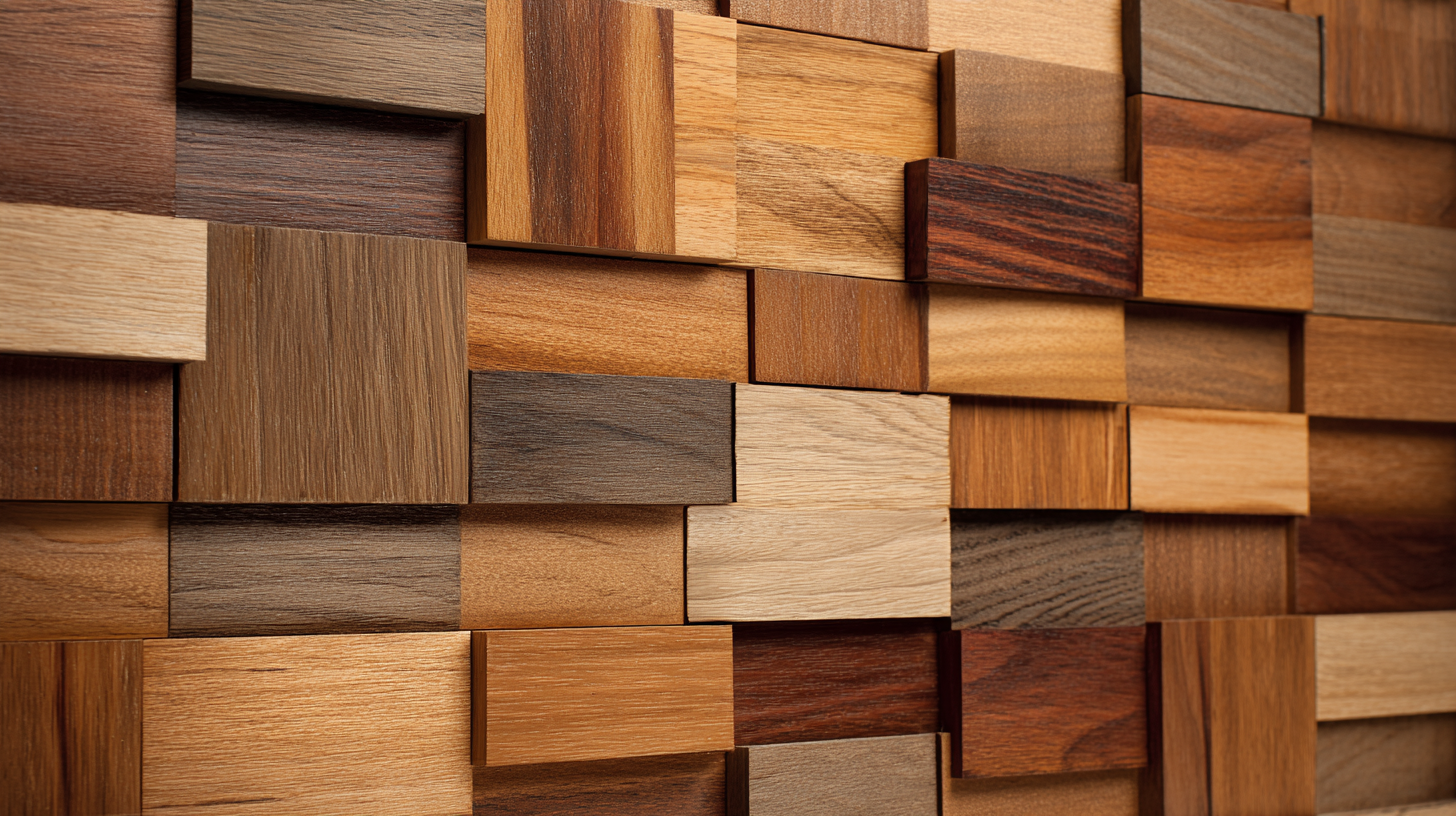
How to Match Wood Paneling with Your Room’s Existing Decor
Wood paneling is making a triumphant return in interior design, challenging the outdated perceptions that once dominated the trend. Modern wood walls are not only versatile but also capable of enhancing a room's existing decor seamlessly. When selecting wood paneling, consider the type of wood and its finish. Certain woods, such as oak or walnut, possess natural grains that can add texture and warmth, complementing both minimalist and traditional designs. For a contemporary look, lighter finishes can brighten a space, while darker woods can create a more intimate atmosphere.
To match wood paneling with your room’s decor, it's essential to think about color schemes and the overall aesthetic. According to interior design experts, incorporating wood panels can harmonize beautifully with other materials like metal or stone, which are also trending in 2025. Trending color combinations, including neutral palettes paired with natural wood tones, lend a timeless appeal, making your space feel cohesive. Elevating your decor through thoughtful wood paneling choices can add character and depth, ultimately transforming your space into an inviting and stylish environment.
Budgeting for Wood Panel Wall Cladding: Cost vs. Quality Evaluation
When considering wood panel wall cladding, the balance between cost and quality is crucial. According to a recent report by the National Wood Panel Association, the average cost of wood wall cladding materials can range from $3 to $10 per square foot, depending on the type of wood and finish. Higher-quality materials, such as reclaimed wood or exotic species, might incur costs closer to $15 per square foot, but they often offer greater durability and aesthetic appeal. Investing in quality can lead to better longevity and reduced maintenance costs over time, ultimately offering better value.
Tip: Always evaluate your space's needs and usage to determine the right type of wood. For high-traffic areas, consider a more durable finish that can withstand wear and tear, even if it means a slightly higher initial investment.
Furthermore, it’s essential to take the long-term implications of your choice into account. According to the Wood Industries Survey, quality wood paneling can retain its value and beauty for decades, significantly improving your home's resale value. While it may be tempting to go for cheaper options, the cost-effective solution often lies in investing wisely in materials that will stand the test of time.
Tip: When budgeting, don't forget to factor in installation costs, as professional installation can add significantly to your overall expenditure. Aim for a balance where the benefits of your investment can be felt for years to come.
Cost vs. Quality Evaluation of Wood Panel Wall Cladding
Related Posts
-
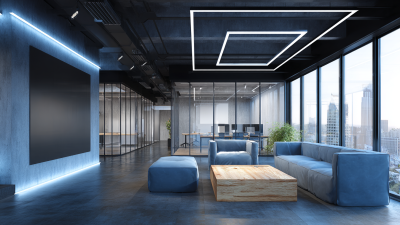
How to Choose the Best Sound Proof Acoustic Solutions for Your Space
-
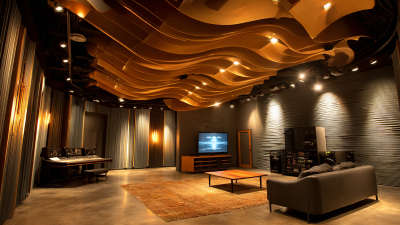
Ultimate Guide to Choosing Curved Acoustic Panels for Your Space
-

What are the Benefits of Using Acoustic Building Materials for Global Construction Projects
-
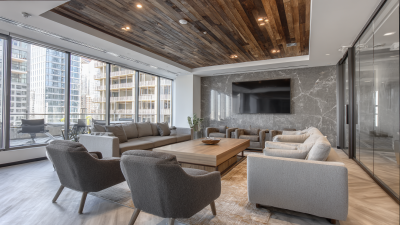
How to Maximize Sound Quality with Seamless Acoustic Ceiling Solutions
-
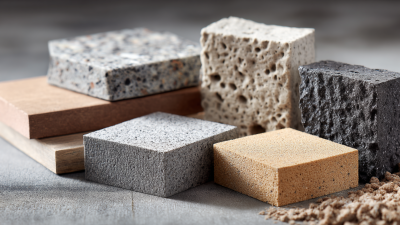
Global Leaders in Manufacturing: Discover the Best Acoustic Building Materials
-
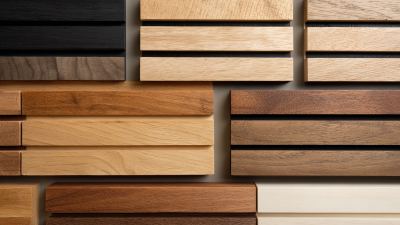
7 Innovative Tips for Sourcing the Perfect Acoustic Wood Slat Wall for Your Next Project
-

Phone
-

E-mail
-

wechat
wechat

-

whatsapp
whatsapp


